Bricks are building blocks of a structure. Brick is most extensively used materials of the building construction.
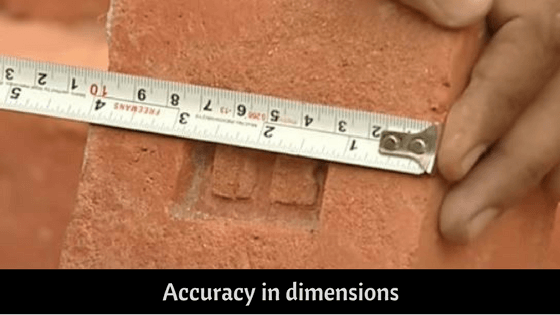
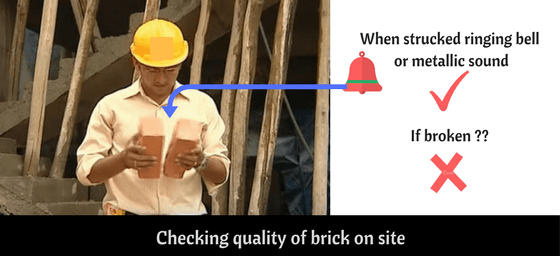

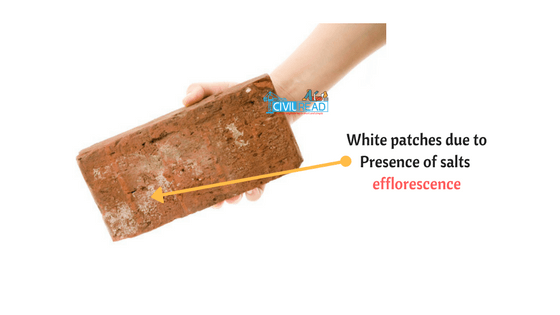
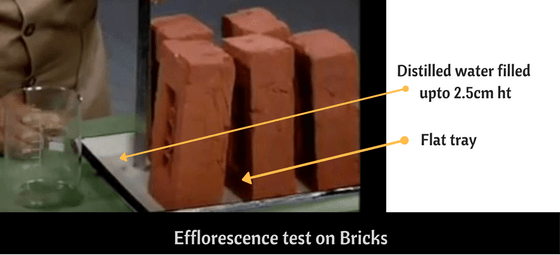
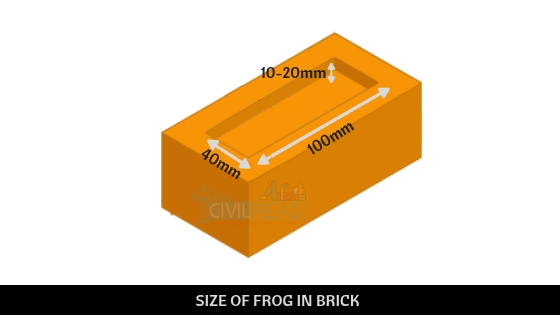
As an Engineer, you must know how to check the quality of bricks on site. A good quality of brick should be chemically inert that means it won’t show any reaction when it mixed with any material.
In this post, I am making you learn how to check the quality of bricks on site and what are the qualities of a good brick.
How to check the quality of bricks on site:-
To chose the right quality of brick one should test the brick for following tests:-
1. Uniform Color, Size, and Shape:
Colour & shape of Brick:-
A good quality of bricks should be well burnt and have a colour of rich red or Copper colour, any other colour other than above resembles that brick is under burnt or over-burnt. If bricks are over or under-burnt, then it loses it shape.
Size of Brick:-
Brick should be uniform in size it shouldn’t have any bulks on edges.
More the bulking in brick needs more mortar. It ultimately increases the cost of a building. A good brick should be sharp at edges.
More the bulking in brick needs more mortar. It ultimately increases the cost of a building. A good brick should be sharp at edges.
A good quality of bricks should have an accurate dimension whereas +/- 3 tolerance is allowed.

2. Hardness of brick:-
Best quality of brick should resist the scratches against sharp things. Scratch the brick using your fingernail or sharp tool. A good brick should not show any impression or scratch of a fingernail on the brick.

3. Homogeneity:-
Break the brick and examine it. A good quality brick should be homogeneous, compact and with zero lumps.
4. Water absorption:-
A good brick should absorb less than 20% of water when it is immersed in water for 24hrs. If the brick absorbs more than the allowable limit. It absorbs water from cement mortar during its bonding. This eventually affects the brick bonding strength.
Water absorption test on brick:-
To test the water absorption follow the below procedure:
Take a brick and weight it as (W1)
Take a brick and weight it as (W1)
Now immerse the brick in water for 24 hrs. and then weight it as (W2)
Find out the percentage increase of brick weight by adopting below formula
Water absorption in the brick formula:

5.Check for efflorescence on bricks:-
Efflorescence is a salt deposit seen on the surface of bricks. Usually, it’s in white. This can be visually inspected by checking white patches on the bricks surface, White patches on bricks resemble presence of sodium and potassium salts on it which is not suitable for construction.
Soils used in the manufacturing of bricks should free from sulphate, potassium and sodium. If brick contains such harmful salts then will get dissolved when bricks come into contact with water.
When bricks contain such harmful salts as used exposed surface then serious surface disruption occur which may harm outer plastering. This phenomenon is called efflorescence.

As per IS 3495 – 1992. To check the presence of efflorescence following procedure is adopted

- Take a flat tray and fill it with a 2.5cm height of distilled water.
- Treat five bricks as a test specimen and place these bricks vertically one after other. On a tray containing distilled water. Now wait until the water is absorbed by bricks
- Again fill the water up to same height 2.5cm and allow it to absorb water as above (Second evaporation)
- Now after second evaporation, examine the brick for efflorescence as below:
| Description | Extent of Deposits |
|---|---|
| Nil | No perceptible deposit of efflorescence |
| Straight | 10% area covered with a thin salts deposits. |
| Moderate | Upto 50% area covered by heavy deposit. No powdering or flaking |
| Heavy | 50% or more area covered. No powdering or flaking. |
| Serious | Heavy Deposit Powdering or flaking is observed |
Brick is only used if the extent of efflorescence is from slight to moderate. The above-mentioned tests are the simple and reliable test which gives an idea about the quality of bricks on site.
6. Brick Earth:
The composition of Brick should be free from stones, kankare and other chemicals.
7. Soundness of Brick:
Take two bricks one in each hand and stuck it each other a good brick hears a metallic sound or ringing sound. If brick breaks without sound then it isn’t suitable for construction.
Throw the brick at the height of 1.5m to the ground. A good quality brick won’t break when it is fallen from the 1.5m height.
8. Examine frog in brick:
Check the size of the frog and it should be 100mm x 40mm x 10mm. Any other lesser size of frog leads to improper motor filling and requires more amount of mortar if the frog dimensions are more than above which makes structure uneconomical.

Due to scarcity of natural resources to manufacure bricks a new types of bricks are introduced “AAC Bricks”
Also Read:-
How to calculate the quality of Cement on Site?
How to calculate Quality of Fine aggregate / Sand on site?
How to calculate Quality of Fine aggregate / Sand on site?






ReplyDeleteCheck Cement Quality